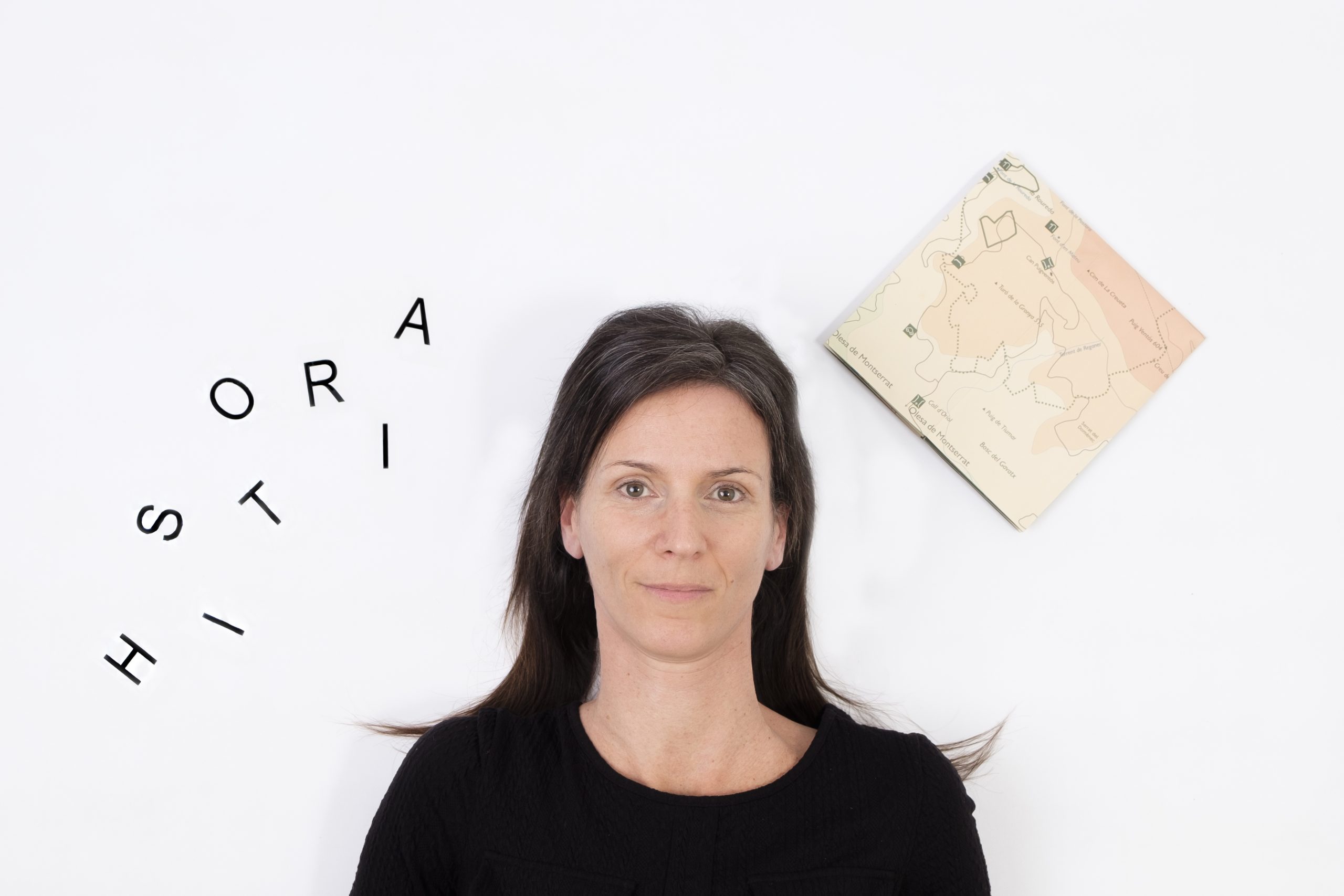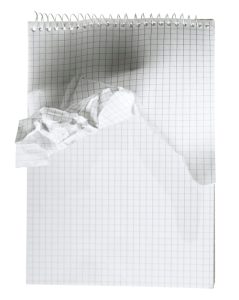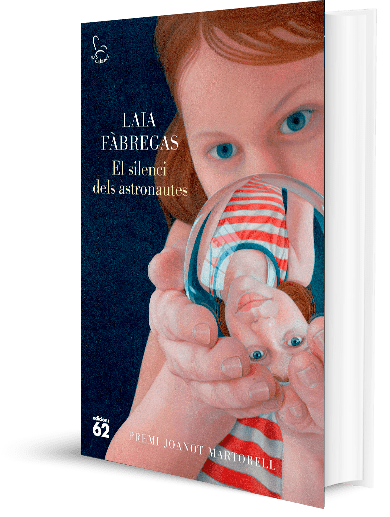
To think or not to think before writing
When I started preparing the syllabus for the creative writing classes at the Laboratori de Lletres, I asked myself: how can you teach writing? I studied Fine Arts, so I saw the resemblance quite fast. Teaching writing is as difficult as teaching painting, sculpture, and art in general. You can teach the techniques (stone carving, canvas mounting, mixing colours, welding, metal casting, etc…) but how can you teach the difficult path from the idea to the finished work? And, what is the idea?
I only had my own experience and lots of books to read (writing manuals, biographies of authors…). And then I saw that most manuals ignored my way of writing, while some authors (few) recognized it as their own.
So, how do I write?
 It all starts with a sentence that intrigues me, and then I create without direction, I write without knowing where the story goes. With my novel Girl with the nine fingers it went like this: the first thing I wrote was the sentence ‘My name is Laura and I have nine fingers’ and from there I let that girl who had nine fingers talk and waited to see what came out of it. And slowly things I came up with came out: that her parents did not take pictures of her, that they lived in Barcelona in the 70s and 80s, that there was a boy (or many of them) named Arnau she kept running into along her life… With this all I was creating a world of people, places and events that I still didn’t know where they were taking me. Until one day I came up with the ending of the story. And once I had written the ending, I saw that everything made sense. I had to tweak some things so that effectively everything would fit in perfectly, but it was not until I wrote that ending that I knew what story I was writing.
It all starts with a sentence that intrigues me, and then I create without direction, I write without knowing where the story goes. With my novel Girl with the nine fingers it went like this: the first thing I wrote was the sentence ‘My name is Laura and I have nine fingers’ and from there I let that girl who had nine fingers talk and waited to see what came out of it. And slowly things I came up with came out: that her parents did not take pictures of her, that they lived in Barcelona in the 70s and 80s, that there was a boy (or many of them) named Arnau she kept running into along her life… With this all I was creating a world of people, places and events that I still didn’t know where they were taking me. Until one day I came up with the ending of the story. And once I had written the ending, I saw that everything made sense. I had to tweak some things so that effectively everything would fit in perfectly, but it was not until I wrote that ending that I knew what story I was writing.
But most manuals on how to write, talk about planning, character descriptions, synopsis, protagonist and antagonist, climax, and many more technical issues that I have never used, nor have I ever thought about.
I have only read one writer (Jaume Cabré) who talks about these two ways of writing (the one from the manuals as opposed to mine) and distinguishes rational writers from intuitive writers. Some schools make the same differentiation talking about writers who use a map and writers who use a compass.
I am thus an intuitive writer, I work with compass. I do not plan, I do not think before writing. I think while I write and after I write.
It is a way of doing things. It is neither better nor worse than writing with planning, with map, rationally. Therefore, when teaching writing, men would have to teach both ways, so that each learning writer chooses the one that works best for him or her.
The problem is that too many times I have heard or read writers who work rationally say that they don’t believe there are intuitive writers. And that’s a shame, because if they say it in contexts where they are explaining how they write or how to write in general, with an audience of people who aspire to learn to write, they will cut the wings off of a few potential intuitive writers. This few will come to the conclusion that the only way to get to write a story is thinking upfront, making sketches, planning it. And as they will fail in doing so, they may conclude that they can’t write. And they will most probably be wrong.
HOW TO READ THIS BLOG
As I wrote on the post Why, this blog deals with two very different topics: writing and miscarriages. If you are interested in both subjects, you can read post after post. If you just want to read about one of them, I recommend you choose the appropriate category to filter only the posts of the topic you want.
Writing: 'Writing'
Pregnancy loss: 'Queralt'
Ciudad de Gandia

Els premis es lliuraran el 18 de novembre i les obres premiades seran publicades per Edicions 64
Joanot Martorell 2023
